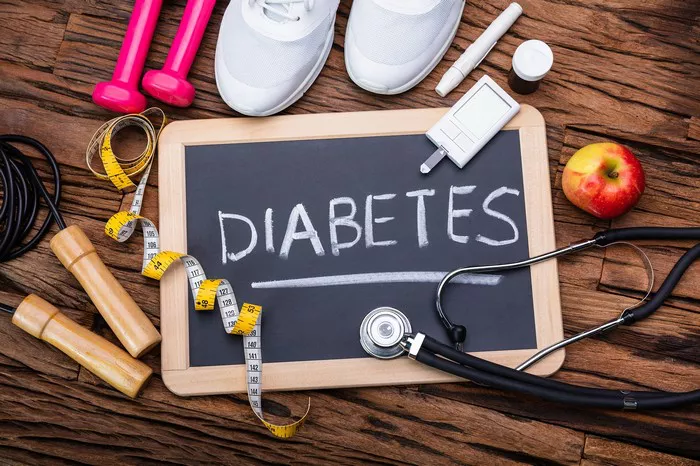Introduction
In the realm of veterinary medicine, managing diabetes in animals poses unique challenges that necessitate specialized pharmaceutical interventions. Among the commonly prescribed insulin products for diabetic pets, Vetsulin and Novolin stand out as key contenders. However, understanding the nuances between these two medications is crucial for veterinarians and pet owners alike to make informed decisions regarding the treatment of diabetic animals. This article aims to delve into the fundamental disparities between Vetsulin and Novolin, elucidating their mechanisms of action, pharmacokinetics, clinical efficacy, and practical considerations.
Pharmacological Overview of Vetsulin and Novolin
1. Vetsulin: A Porcine Insulin Zinc Suspension
Vetsulin, also known as Caninsulin in certain regions, is a veterinary-specific insulin formulation developed for the management of diabetes mellitus in dogs and cats. It is an intermediate-acting insulin derived from purified porcine insulin, which closely resembles the insulin produced naturally in animals. Vetsulin is formulated as a suspension of insulin zinc crystals in a neutral buffered aqueous solution, enabling a slow and prolonged release of insulin upon subcutaneous injection.
2. Novolin: A Human Recombinant Insulin
Novolin, on the other hand, belongs to the class of human recombinant insulins. It is a biosynthetic insulin manufactured through recombinant DNA technology, identical to human insulin in its molecular structure. Novolin is available in various formulations, including regular (short-acting), NPH (intermediate-acting), and 70/30 (premixed) insulin preparations, offering flexibility in tailoring treatment regimens to individual patient needs.
Mechanism of Action
1. Vetsulin: Regulation of Glucose Metabolism in Animals
Vetsulin exerts its therapeutic effects by mimicking the physiological actions of endogenous insulin, primarily targeting the regulation of glucose metabolism. Upon subcutaneous administration, Vetsulin undergoes gradual absorption into the bloodstream, leading to a gradual onset of action within 1 to 2 hours. Its peak activity typically occurs between 4 to 8 hours post-injection, with a duration of action lasting up to 12 hours in dogs and 10 hours in cats.
2. Novolin: Modulation of Blood Glucose Levels in Diabetic Pets
Novolin acts through a similar mechanism as endogenous insulin, facilitating the uptake of glucose by peripheral tissues, suppressing hepatic glucose production, and promoting glycogen synthesis. Depending on the specific formulation, Novolin may exhibit varying onset, peak, and duration of action profiles. Regular insulin formulations typically have a rapid onset (within 30 minutes), reaching peak effects within 2 to 4 hours, while intermediate-acting NPH insulin achieves peak activity between 4 to 12 hours post-injection.
Pharmacokinetic Characteristics
1. Vetsulin: Intermediate-Acting Insulin with Prolonged Duration
Vetsulin is classified as an intermediate-acting insulin due to its relatively slower onset and prolonged duration of action compared to rapid-acting insulins. Its pharmacokinetic properties make it suitable for twice-daily administration in diabetic dogs and once or twice-daily dosing in diabetic cats, maintaining consistent glycemic control throughout the day.
2. Novolin: Versatile Insulin Formulations with Diverse Profiles
Novolin encompasses a range of insulin formulations, each exhibiting distinct pharmacokinetic characteristics. Regular insulin formulations provide rapid onset and short duration of action, making them ideal for controlling postprandial glucose excursions. NPH insulin, being intermediate-acting, offers a more sustained reduction in blood glucose levels, allowing for twice-daily dosing in many cases. Premixed formulations combine regular and NPH insulin in fixed ratios, providing both immediate and prolonged glycemic control.
Clinical Efficacy and Safety Considerations
1. Vetsulin: Efficacy in Canine and Feline Diabetes Management
Numerous clinical studies and real-world experience have demonstrated the efficacy of Vetsulin in achieving glycemic control and improving clinical signs associated with diabetes mellitus in dogs and cats. However, individual variability in insulin sensitivity, disease severity, and concurrent medical conditions may influence treatment outcomes. Close monitoring of blood glucose concentrations, clinical signs, and potential adverse effects is essential to optimize therapeutic efficacy and ensure patient safety.
2. Novolin: Established Role in Veterinary Diabetes Therapy
Novolin has been widely utilized in veterinary medicine for the management of diabetes mellitus in dogs and cats, offering efficacy comparable to Vetsulin in many cases. Its availability in various formulations allows for tailored treatment regimens based on patient-specific needs and caregiver preferences. While Novolin is generally well-tolerated, adverse effects such as hypoglycemia, insulin resistance, and injection site reactions may occur, necessitating vigilant monitoring and dose adjustments as warranted.
Practical Considerations and Cost Implications
1. Vetsulin: Veterinary-Specific Insulin with Unique Handling Requirements
Vetsulin necessitates proper handling and storage to maintain its stability and efficacy, requiring refrigeration at temperatures between 2°C to 8°C prior to use. Additionally, thorough mixing of the suspension is crucial to ensure uniform distribution of insulin zinc crystals before administration. While Vetsulin may incur higher acquisition costs compared to some human insulin products, its veterinary-specific formulation and regulatory approval offer reassurance regarding quality and safety.
2. Novolin: Cost-Effective Option with Accessibility Advantages
Novolin is readily available at pharmacies and retail outlets, offering cost-effective alternatives to veterinary-specific insulins like Vetsulin. Its affordability and widespread availability make it accessible to pet owners seeking economical treatment options for diabetic pets. However, Novolin’s use in veterinary medicine may entail off-label prescribing and dosage adjustments, necessitating collaboration between veterinarians and pharmacists to ensure appropriate therapy.
Conclusion
In conclusion, Vetsulin and Novolin represent two distinct yet efficacious insulin options for managing diabetes mellitus in dogs and cats. While Vetsulin is specifically formulated for veterinary use, leveraging porcine insulin to mimic endogenous physiology, Novolin offers versatility and cost-effectiveness through its human recombinant insulin formulations. Understanding the differential pharmacological properties, clinical efficacy, and practical considerations associated with Vetsulin and Novolin is essential for veterinarians and pet owners to make informed decisions regarding diabetic pet care, ultimately optimizing patient outcomes and quality of life.
























